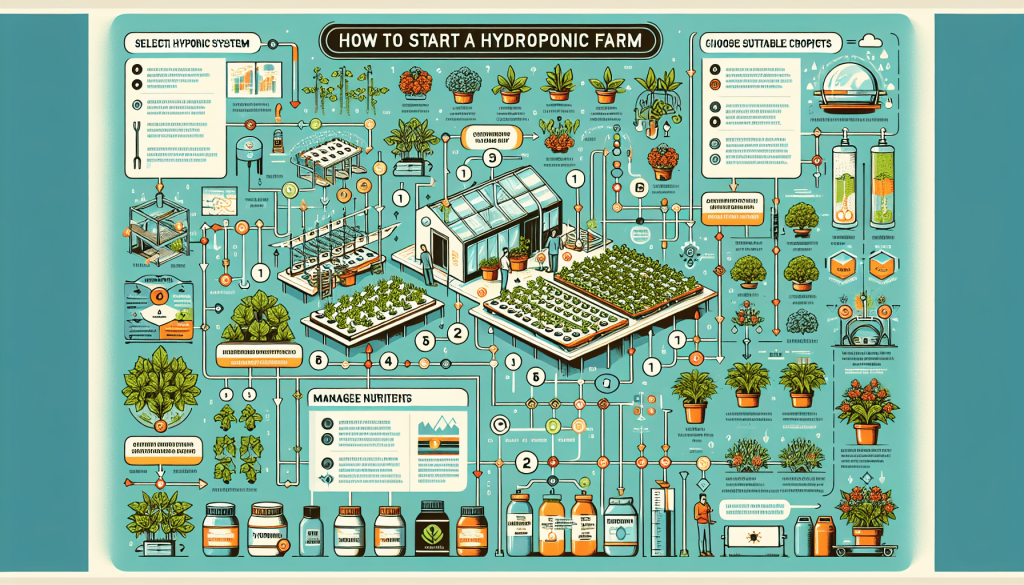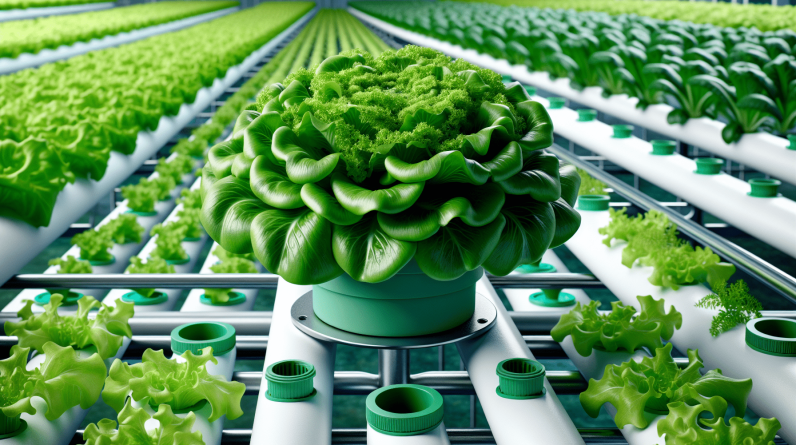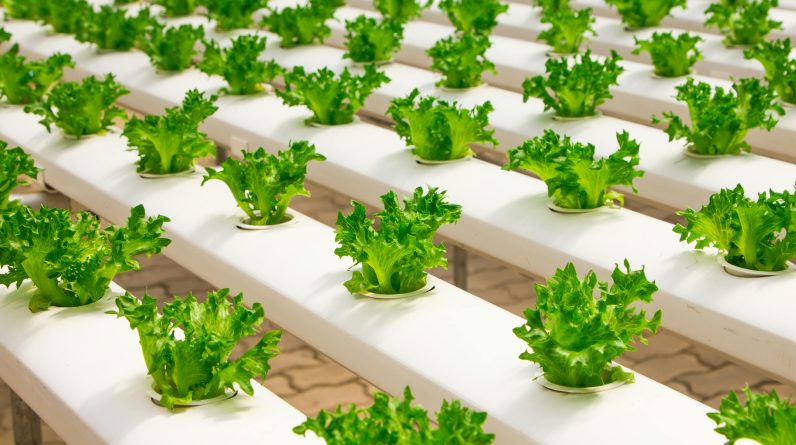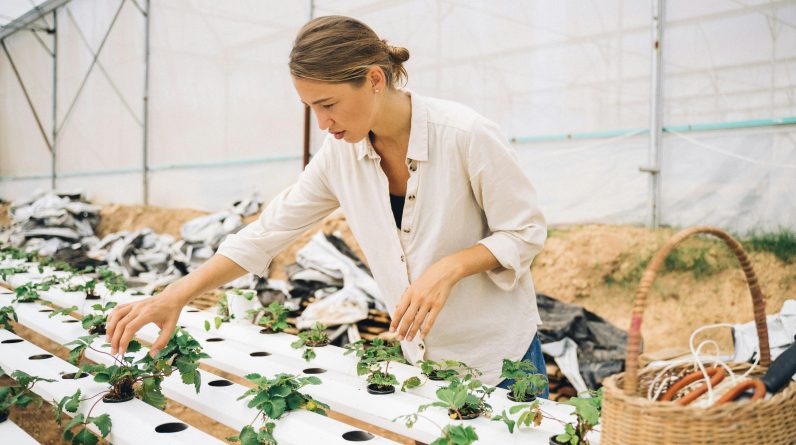
If you’ve ever dreamt of growing your own fresh produce, but lack the space or resources for a traditional garden, hydroponic farming could be the solution you’ve been searching for. This step-by-step guide will walk you through the process of starting your own hydroponic farm, from selecting the right setup to caring for your plants and harvesting bountiful yields. By following these simple steps, you’ll be well on your way to enjoying a sustainable and rewarding gardening experience right in the comfort of your own home.
Choose a suitable location for your hydroponic farm
Consider available space and accessibility
When starting your own hydroponic farm, the first step is to choose a suitable location. Look for an area with enough space to accommodate your hydroponic system and plants. Consider whether it is easily accessible for maintenance and harvesting.
Ensure access to electricity and water supply
Hydroponic systems require a stable supply of electricity to power pumps and lighting. Make sure the chosen location has access to electricity, or consider alternative power sources such as solar panels. Additionally, ensure that there is a reliable water supply for your hydroponic system.
Check for proper ventilation and lighting conditions
Proper ventilation is crucial for maintaining optimal growing conditions in your hydroponic farm. Look for a location with good air circulation to prevent the buildup of excess moisture or stale air. Additionally, assess the lighting conditions. While hydroponic systems often require artificial lighting, it is still important to have access to natural light or to install appropriate grow lights for your plants.
Decide on the type of hydroponic system
Research different hydroponic systems
There are various types of hydroponic systems available, each with its own advantages and considerations. Take the time to research and understand the different systems, such as nutrient film technique (NFT), deep water culture (DWC), or vertical towers. Consider factors like the space available, your budget, and the type of plants you wish to grow.
Choose a system that suits your space and budget
Once you have an understanding of the different hydroponic systems, choose one that best fits your space and budget. Some systems may require more space or initial investment, while others may be more compact or affordable. Select a system that aligns with your resources and goals for your hydroponic farm.
Consider factors like water usage and nutrient delivery
Different hydroponic systems have varying water usage and nutrient delivery methods. Some systems may recirculate the water and nutrients, while others may require more frequent flushing. Consider the availability of water and nutrients in your area and choose a system that is efficient and sustainable for your needs.
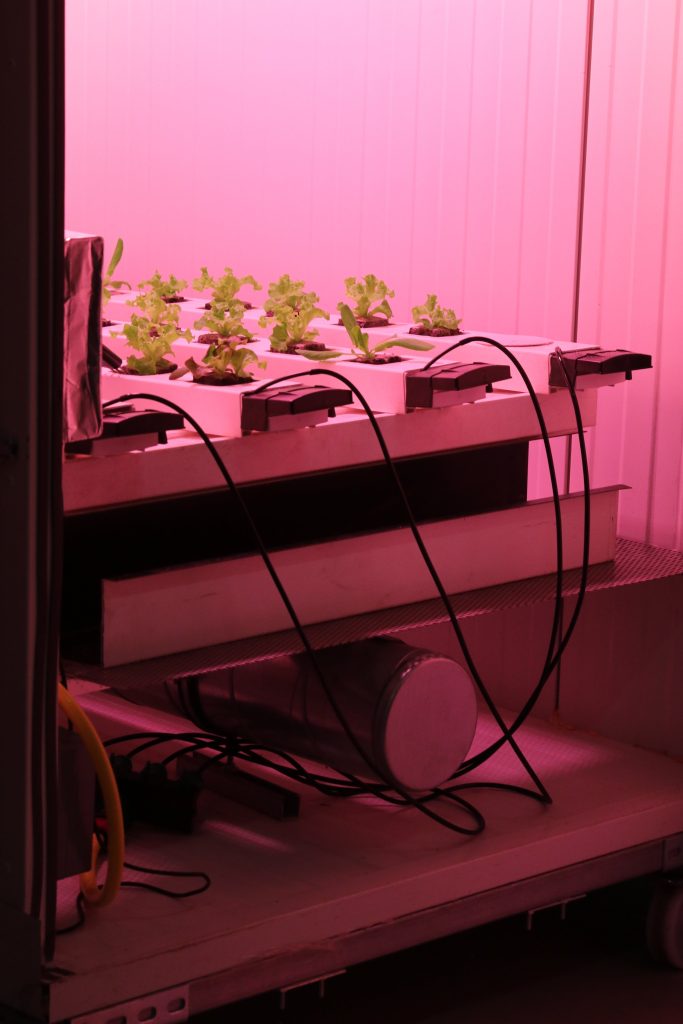
Gather necessary materials and equipment
Purchase hydroponic trays or containers
Hydroponic trays or containers play a crucial role in providing a suitable growing environment for your plants. Purchase trays or containers that are specifically designed for hydroponic systems, ensuring they provide adequate support, drainage, and are made from materials that are safe for your plants.
Invest in a reliable water pump and nutrient solution
A reliable water pump is essential for circulating the water and nutrients in your hydroponic system. Choose a pump that is able to meet the needs of your specific system and is durable for long-term use. Additionally, invest in a high-quality nutrient solution to provide your plants with the necessary minerals and vitamins they need to thrive.
Get grow lights and timers for proper lighting
Since hydroponic systems often lack access to natural sunlight, it is important to invest in suitable grow lights. Choose lights that are specifically designed for indoor horticulture and provide the necessary spectrum for plant growth. Additionally, consider using timers to control the lighting schedule and ensure your plants receive the right amount of light each day.
Prepare the growing area
Clean and disinfect the area
Before setting up your hydroponic system, it is important to clean and disinfect the growing area to prevent the spread of pests, diseases, and pathogens. Remove any debris or organic matter, sanitize the surfaces, and ensure that the area is free from contaminants that could potentially harm your plants.
Install necessary infrastructure like tables or shelves
To optimize the use of space in your hydroponic farm, consider installing tables or shelves to hold your trays or containers. These structures provide a stable platform for your plants and make it easier to access and maintain your hydroponic system. Ensure that the infrastructure is sturdy, level, and able to support the weight of the plants and equipment.
Ensure proper drainage and water circulation
Proper drainage and water circulation are vital to the success of your hydroponic system. Ensure that your trays or containers have adequate drainage holes to prevent waterlogging and root rot. Additionally, consider implementing a system that allows for effective water circulation, ensuring that the nutrient solution reaches all parts of the plants’ root systems.
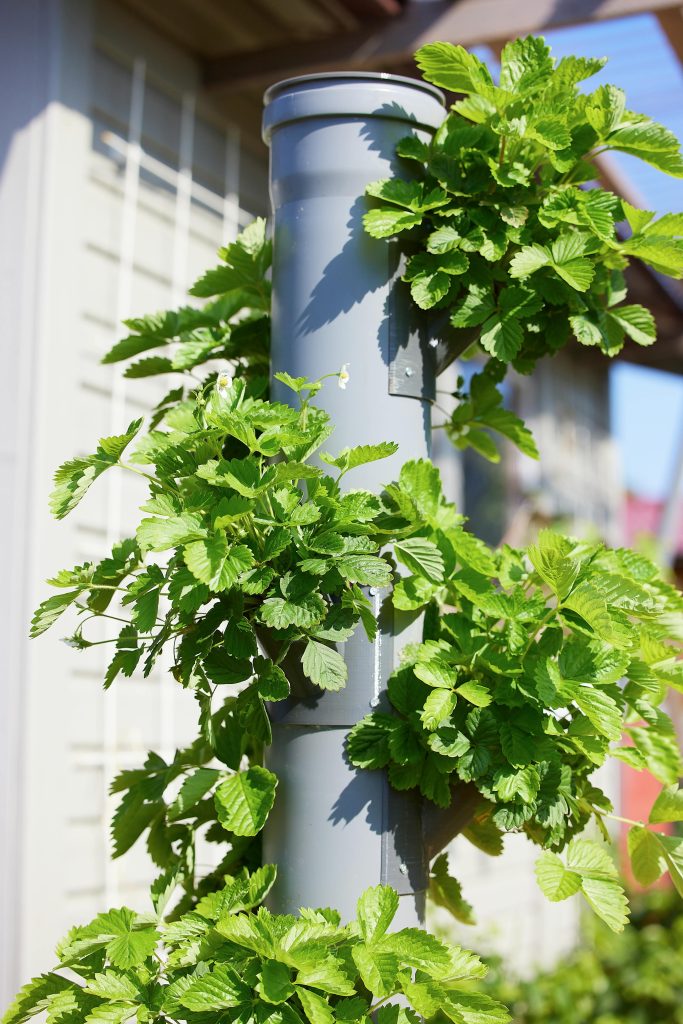
Obtain high-quality seeds or clones
Choose plant varieties that thrive in hydroponic systems
Not all plant varieties are well-suited for hydroponic cultivation. Choose plants that are known to thrive in hydroponic systems, such as leafy greens, herbs, tomatoes, and strawberries. These plants tend to have high water and nutrient requirements, making them excellent choices for hydroponic farming.
Purchase seeds or obtain clones from reputable sources
When obtaining seeds or clones for your hydroponic farm, it is crucial to source them from reputable and reliable suppliers. Ensure that the seeds or clones are of high quality and free from diseases or pests. This will give your hydroponic farm a strong foundation and increase your chances of successful plant growth.
Ensure the seeds or clones are disease-free
Before introducing the seeds or clones to your hydroponic system, it is important to inspect them for any signs of diseases or pests. Properly inspect the plants and treat them if necessary. By starting with disease-free seeds or clones, you can minimize the risk of any potential problems spreading to your entire hydroponic farm.
Set up the hydroponic system
Assemble and install the chosen hydroponic system
Follow the manufacturer’s instructions to assemble and install the chosen hydroponic system in your growing area. Ensure that all components are properly connected and secured. Pay attention to details such as water flow, nutrient delivery, and proper support for your trays or containers.
Connect and test the water pump and nutrient solution
Once the hydroponic system is set up, connect the water pump and nutrient solution reservoir. Test the water pump to ensure it is functioning correctly and circulating the nutrient solution effectively. Make any necessary adjustments to ensure the system is operating smoothly and delivering the necessary nutrients to your plants.
Adjust pH and nutrient levels as per plant requirements
Monitor the pH and nutrient levels in your hydroponic system and adjust them as needed. Different plants have different pH and nutrient requirements, so it is important to regularly measure and maintain proper levels. Use pH test kits and nutrient solution meters to ensure your plants are receiving the optimal conditions for growth.
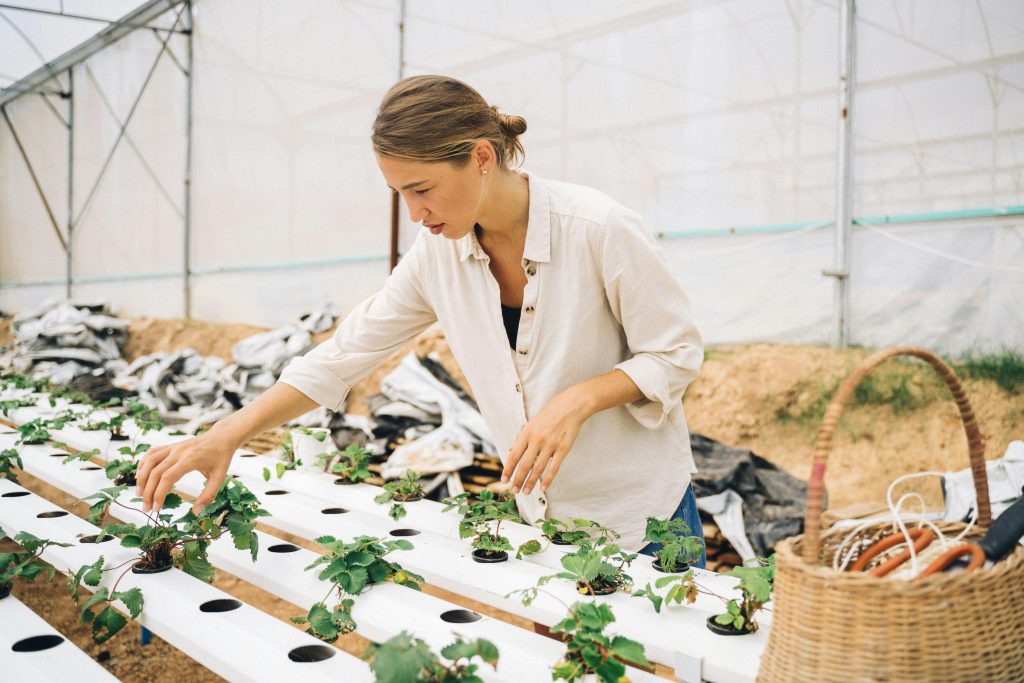
Start germinating the seeds or rooting the clones
Follow proper germination techniques for seeds
If you are starting from seeds, follow proper germination techniques to ensure successful sprouting. This may include soaking the seeds, providing warmth and moisture, and avoiding exposure to direct light until the seedlings emerge. Follow the instructions specific to the plant variety and adjust the conditions accordingly.
Provide adequate light and humidity for successful rooting
When rooting clones, it is important to provide adequate light and humidity to encourage successful root development. Place the clones in an environment with high humidity and provide them with gentle lighting. Monitor the humidity levels and adjust as needed to ensure optimal rooting conditions.
Monitor and maintain optimal temperature and moisture levels
Throughout the germination and rooting process, it is crucial to monitor and maintain optimal temperature and moisture levels. Different plants have different temperature and moisture requirements, so it is essential to provide the right conditions for each stage of growth. Regularly check the temperature and moisture levels and make any necessary adjustments.
Transplant seedlings or established plants
Prepare a suitable growing medium for transplanting
Before transplanting seedlings or established plants into your hydroponic system, ensure that you have a suitable growing medium. This may include materials like rockwool, coco coir, perlite, or vermiculite. The growing medium provides support for the plants’ roots and helps facilitate nutrient uptake in the hydroponic system.
Handle seedlings or plants carefully to avoid damage
When transplanting seedlings or established plants, it is important to handle them with care to avoid damage to the delicate roots. Gently remove the plants from their containers or growing medium and transfer them to the hydroponic trays or containers. Minimize any disturbance to the roots and ensure they are properly positioned in the new environment.
Create a stable environment to support root growth
After transplanting, create a stable environment within your hydroponic system to support root growth. Ensure that the roots have proper access to the nutrient solution and that the trays or containers are securely positioned. Minimize any movement or disturbances that could disrupt root development and growth.
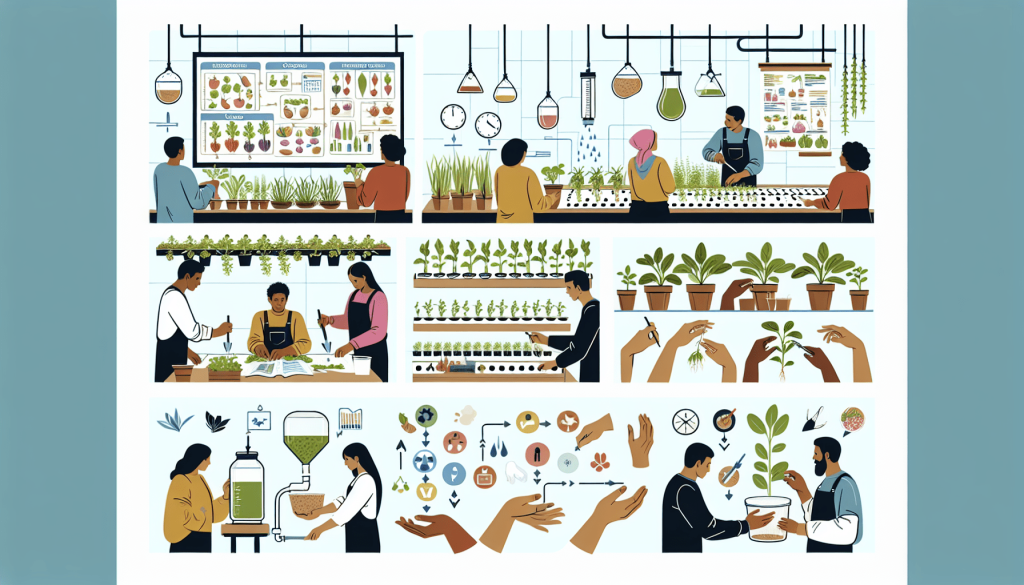
Monitor and maintain the hydroponic system
Regularly check pH and nutrient levels in the solution
To ensure optimal plant growth, regular monitoring of pH and nutrient levels is essential. Use pH test kits and nutrient solution meters to check the levels and make any necessary adjustments. Maintain a balanced nutrient solution to provide your plants with the essential minerals they need.
Monitor plant growth and adjust lighting intensity if needed
Keep a close eye on the growth of your plants and monitor their overall health. If you notice any signs of light deficiency or excessive lighting, adjust the intensity of your grow lights accordingly. Different plant varieties have different lighting requirements, so it is important to provide them with the right amount of light for their specific needs.
Inspect for pests and diseases and take appropriate measures
Regularly inspect your hydroponic system for any signs of pests or diseases. Pests such as aphids, spider mites, or whiteflies can quickly infest your plants and cause damage. If you notice any pests or signs of diseases, take immediate measures to control and eliminate them. This may include using organic insecticides or introducing beneficial insects to manage the pest population.
Harvest and enjoy your hydroponic produce
Follow the proper harvesting techniques for each crop
When it’s time to harvest your hydroponic produce, it is important to follow the proper techniques for each crop. Different plants have different harvesting requirements, such as cutting the leaves, gently twisting or cutting the fruits, or removing the entire plant. Refer to specific guidelines for each crop to ensure you harvest them at their optimal ripeness.
Ensure proper handling and storage of harvested produce
After harvesting, ensure proper handling and storage of your hydroponic produce. Rinse the produce gently with water to remove any debris or residue, and store them in appropriate containers or bags. Different crops have different storage requirements, so research and follow the recommended storage conditions for each crop to maintain their freshness and quality.
Enjoy the fresh and nutritious fruits and vegetables
After all the hard work and dedication, it’s time to enjoy the fruits of your labor. With your own hydroponic farm, you can have access to fresh and nutritious fruits and vegetables throughout the year. From crisp lettuce to juicy tomatoes, hydroponically grown produce can be a satisfying addition to your daily meals. Enjoy the flavors and nutritional benefits of your homegrown harvest.
